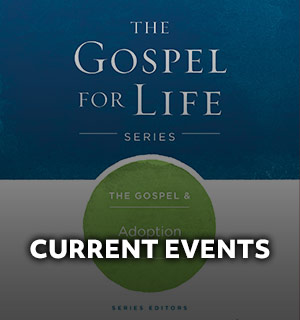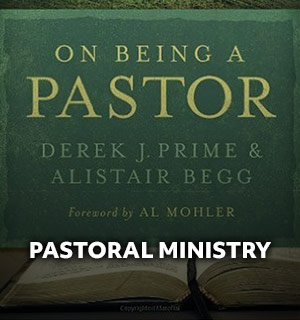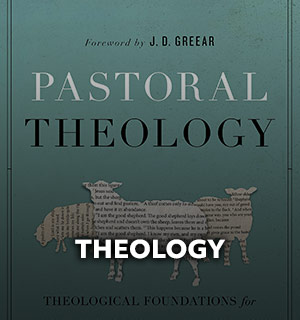By Nathan Finn
Prayer and revival always go together, whether in the Scriptures or in church history. In 2 Chronicles 7:14, a verse that has inspired countless Christians to pray for revival, the Lord says to King Solomon, if “My people who are called by My name humble themselves, pray and seek My face, and turn from their evil ways, then I will hear from heaven, forgive their sin, and heal their land.”
When God’s people humble themselves, repent of their sins and seek greater intimacy with Him, He brings renewal to individuals, families, churches and even nations. We see this pattern play out over and over again in church history. In this post, I want to recount two of those revivals.
The Teschen Revival
In the 1700s, Central Europe was divided between Catholic states and Lutheran states. As a general rule, the religion of the ruler was the religion of the people. But in Silesia, which is now mostly part of Poland, a Catholic dynasty was forcing all of the Lutheran Pietists in their kingdom to convert to Roman Catholicism.
In 1708, Pietist children in southern Silesia began holding large outdoor prayer and song services. The phenomenon soon spread all over Silesia and included adults as well as children. The children called their prayer services “camp meetings,” a term that was famously adopted by Methodists in America about a century later.
With some military help from Sweden, the Pietists gained religious freedom from their Catholic rulers and planted the Jesus Church in the village of Teschen, which had become the center of the prayer revival. The Jesus Church had between 5,000 and 10,000 worshipers every week and conducted services in German, Polish and Czech.
The Teschen Revival spread to other newly formed Pietist churches in Silesia and then to other parts of Central Europe. John Wesley in England and Jonathan Edwards in New England followed the Teschen Revival and began to pray for similar outpourings of the Spirit in their lands. Today, most historians consider the Teschen Revival to be the beginning of the transatlantic awakening that swept across Europe, the British Isles and North America off and on during the 18th century. We call the American version the First Great Awakening.
The Businessman’s Revival
In 1857, America went through its worst depression prior to the Great Depression of the early 20th century. Millions of Americans were without work and seemingly without hope; things were especially bad in big cities.
Jeremiah Lanphier was a lay missionary who worked for the North Dutch Reformed Church in New York City. In September 1857, Lanphier invited businessmen all over New York to come to the North Dutch Church for one hour during their lunch break every Wednesday to do nothing but pray for revival. The lunch prayer meetings were a smashing success. By January 1858, similar prayer meetings were being held at churches all over New York City. Some churches were even hosting daily prayer meetings during the lunch hour.
The New York prayer meetings inspired similar prayer movements in other cities such as Philadelphia, Penn., Cincinnati, Ohio, and Charleston, S.C. By the time the revival ebbed in the fall of 1858, around 1 million Americans had converted and joined churches—almost all of them lived in cities.
Between 1859 and 1861, the prayer revival spread to the British Isles, where it is estimated another 1 million people were converted. Because of the rise of the modern missions movement in the previous two generations, the prayer revival also spread to parts of Africa, the Pacific islands and the East Indies—it was a global revival. The famous evangelist D. L. Moody and Hudson Taylor, the pioneering missionary to China, each began their ministries during the prayer revival.
Prayer and Revival Today
The Teschen Revival began when God answered the prayers of Pietist children. The Businessman’s Revival began when He answered the prayers of urban businessmen. While pastors became leaders in each of these revivals, they began when everyday Christians prayed for the Lord to move in mighty ways. Before they ended, each of these revivals “went viral” and affected several nations.
I strongly believe we should pray for revival more than we do. We should humble ourselves, seek the Lord’s face and turn from our wicked ways. We should pray for revival in our personal lives, in our families, in our local churches, in our communities, in our nation and, ultimately, among every tribe, tongue and people.
When is the last time you prayed, earnestly and intentionally, that the Lord would bring a revival? Why not pray that way today? The same God who shook the world in 1708 and 1857 can bring a spiritual awakening in our own day.







